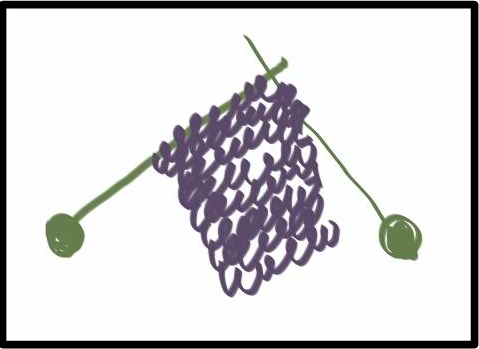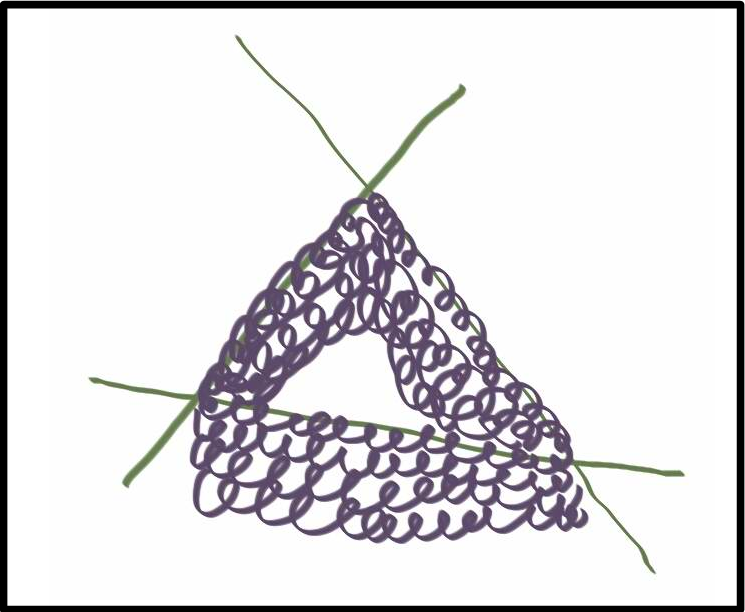I have been knitting a pair of socks for myself this last week – on a set of four needles – in the round. It is really easy to do because I can just keep knitting and only need to use purl stitches when I make the heel.
I first tried making socks on a pair of needles (like normal knitting).
 I was very surprised when it was quite difficult – heels had to be formed at both ends, every second row was purl and the finished sock had a seam underneath the foot.
I was very surprised when it was quite difficult – heels had to be formed at both ends, every second row was purl and the finished sock had a seam underneath the foot.
So I tried with 4 needles and it took a little while to work out how to hold them – but it is much easier.
 I wonder how many other things I have avoided trying because they look difficult? I could be missing out on gaining some new skills.
I wonder how many other things I have avoided trying because they look difficult? I could be missing out on gaining some new skills.




